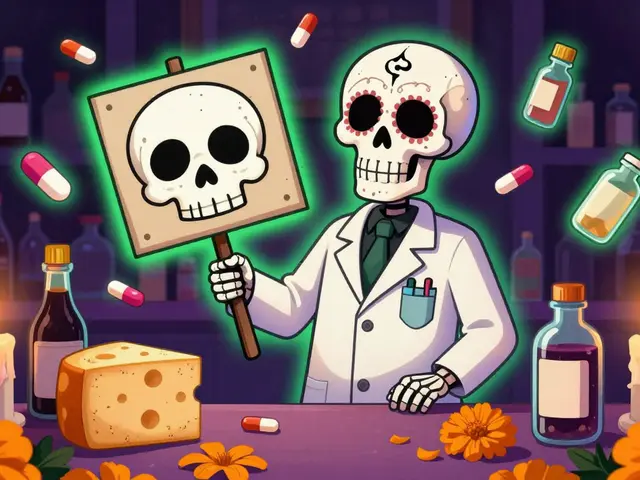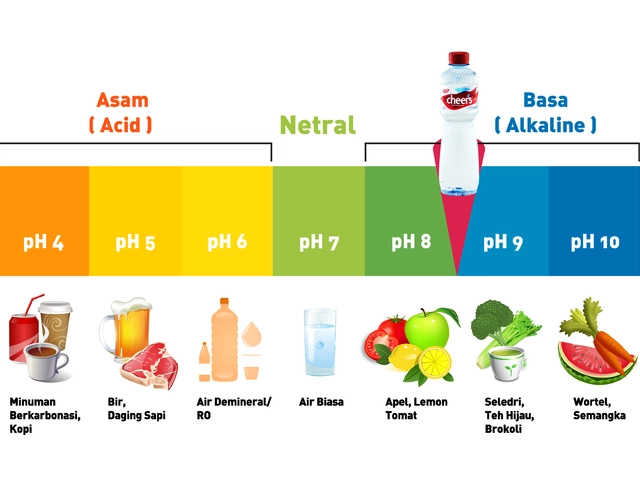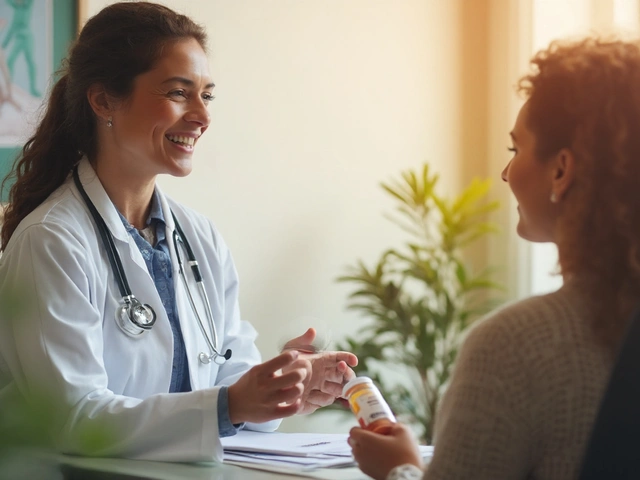Risks: What to watch for with medicines and online pharmacies
Ever worried the pill you ordered online might not be real? That’s a valid fear. Fake medicines, wrong doses, bad interactions, and sketchy online sellers are real risks. This page gives practical, no-nonsense steps to help you spot danger and keep your health on track.
Common medication risks and how they show up
Side effects are the most obvious risk. Some are mild—nausea or drowsiness—while others like severe allergic reactions, high blood pressure, or liver injury need immediate care. Drug interactions can make side effects worse. For example, mixing certain antibiotics or SSRIs with other drugs can cause unexpected problems. If a new symptom starts after a med change, call your doctor.
Counterfeit and substandard drugs are another big problem, especially when buying online. Signs include packaging mistakes, extremely low prices, lack of prescription requirement, or no clear contact info. Counterfeit meds may not contain the active ingredient or have the wrong dose, which can be dangerous for antibiotics, hormones, and heart medicines.
Buying prescription-only meds without a valid prescription bypasses safety steps. Antibiotics bought this way can fuel resistance when taken incorrectly. Hormones and isotretinoin have strict rules for good reason—pregnancy risks or long-term harms. Performance drugs like anabolic steroids or off-label hormone tweaks carry serious side effects: mood swings, liver damage, and hormonal imbalance.
Practical safety steps you can use today
Verify the pharmacy. Look for a working phone number, physical address, and clear licensing info. In the U.S., check for the Verified Internet Pharmacy Practice Sites (VIPPS) seal or your country’s official pharmacy regulator. If a site ships controlled meds without a prescription, walk away.
Check packaging and batch numbers when your order arrives. Compare the pill’s imprint and color to a trusted source or ask your pharmacist. If it looks off or causes unusual effects, stop taking it and bring it to a pharmacist or doctor.
Keep an up-to-date list of all your meds, including supplements. Share it with every clinician you see. That helps avoid dangerous interactions. For antibiotics, follow the prescribed course and avoid pressuring doctors for quick fixes—wrong dosing is a big driver of resistance.
Watch for red flags: prices way below market, no prescription required, no clear return policy, and poor customer reviews that repeat the same vague praise. When in doubt, choose a local pharmacy or a well-known licensed online service that offers telehealth and pharmacist access.
Finally, if you notice serious side effects, contact emergency services and report the problem to your health authority. Reporting helps regulators track dangerous products and protect others. Small checks today can prevent big health problems tomorrow.

As a blogger, I want to share important information about valproic acid and its potential effects on pregnancy. Valproic acid is a medication used to treat epilepsy and bipolar disorder, but it has been linked to serious birth defects when used during pregnancy. If you or someone you love is taking valproic acid, it's crucial to discuss alternative treatment options with a healthcare provider before trying to conceive. The potential risks to the unborn child can be significant, so it's vital to be well-informed and make the best decision for your family. Remember, your health and your baby's health should always be a top priority.
Chris Gore May 13, 2023




